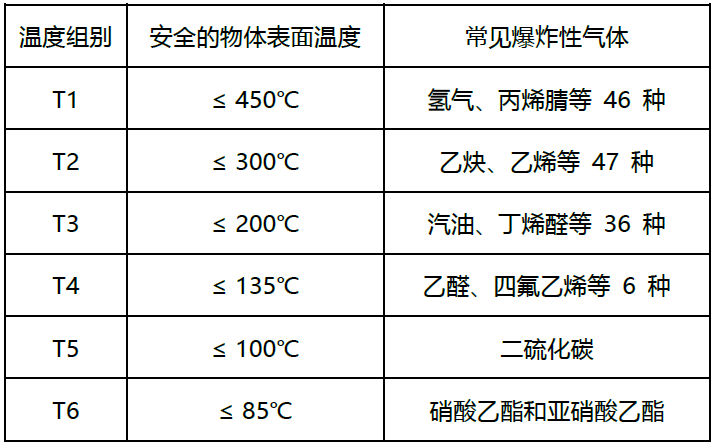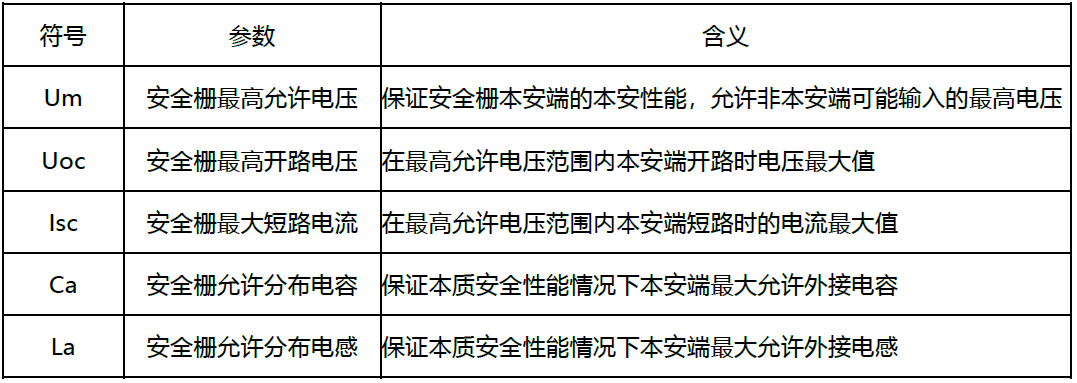
Explosion proof certification is actually a necessary test that most electrical products must pass and obtain certification certificates. This is not only a guarantee and promotion of product quality, but also allows customers to feel more confident when using it. The country also has a strict set of standards for explosion proof certification. Below is an interpretation of the explosion proof level classification standards brought by Zhongnuo Testing.
The concept of explosion-proof
The occurrence of an explosion requires certain prerequisites
1. Presence of explosive substances (combustibles)
2. It forms an explosive mixture within a certain space, with a concentration within the explosive limit range of the gas; (Adequate oxygen)
3. It has an ignition source, and its energy must be greater than the minimum ignition energy of the explosive mixture (reaching the ignition point)
Only when these three exist simultaneously in a certain area can an explosion occur, which is known as the explosive triangle principle. And what we need to do is to control one or more of these three conditions. The oxygen and explosive substances in explosive environments objectively exist, so what we need to control is the objects (and detonation sources) working in explosive hazardous environments, and this operation is called explosion-proof.
The significance of explosion prevention
Explosive substances: Many production sites produce certain combustible substances. About two-thirds of the underground coal mines contain explosive substances; In the chemical industry, over 80% of production workshop areas contain explosive substances. Oxygen: Oxygen in the air is ubiquitous. Ignite source: Electrical instruments are widely used in the production process, and various frictional sparks, mechanical wear sparks, electrostatic sparks, high temperatures, etc. are inevitable, especially when instrument and electrical failures occur.
Objectively, many industrial sites meet explosion conditions. When the mixture concentration of explosive substances and oxygen is within the explosive limit range, if there is an explosive source, an explosion will occur. Therefore, it is necessary to adopt explosion-proof measures.
Explosion proof level description
IA level: Electrical equipment that cannot ignite explosive gas mixtures during normal operation, one or two faults.
When working normally, the safety factor is 2.0;
When a fault occurs, the safety factor is 1.5;
When there are two faults, the safety factor is 1.0.
Note: Spark contacts must be equipped with explosion-proof or airtight enclosures or double the safety factor.
IB level: Electrical equipment that cannot ignite explosive gas mixtures during normal operation and a malfunction.
When working normally, the safety factor is 2.0;
When a fault occurs, the safety factor is 1.5. During normal operation, contacts with sparks must be protected by an explosion-proof or airtight casing, and there should be measures to self display faults. The safety factor for one fault is 1.0.
Classification of hazardous areas

Applicability of explosion-proof methods to hazardous locations

Classification of explosive hazardous gases
According to the minimum possible spark energy, explosive gases are classified into four hazard levels in China, Europe, and most countries and regions around the world, as shown in the table below:
The United States and Canada first classified explosive objects scattered in the air into three classes: Class I gas and vapor; Class II dust; Class III fiber Then divide the gas and dust into groups:

Classification of gas temperature groups

Explosion proof signs
The meaning of Ex ia IIC T4:
Definition of safety parameters for safety barriers
Service hotline: 18924609560 (same WeChat account)